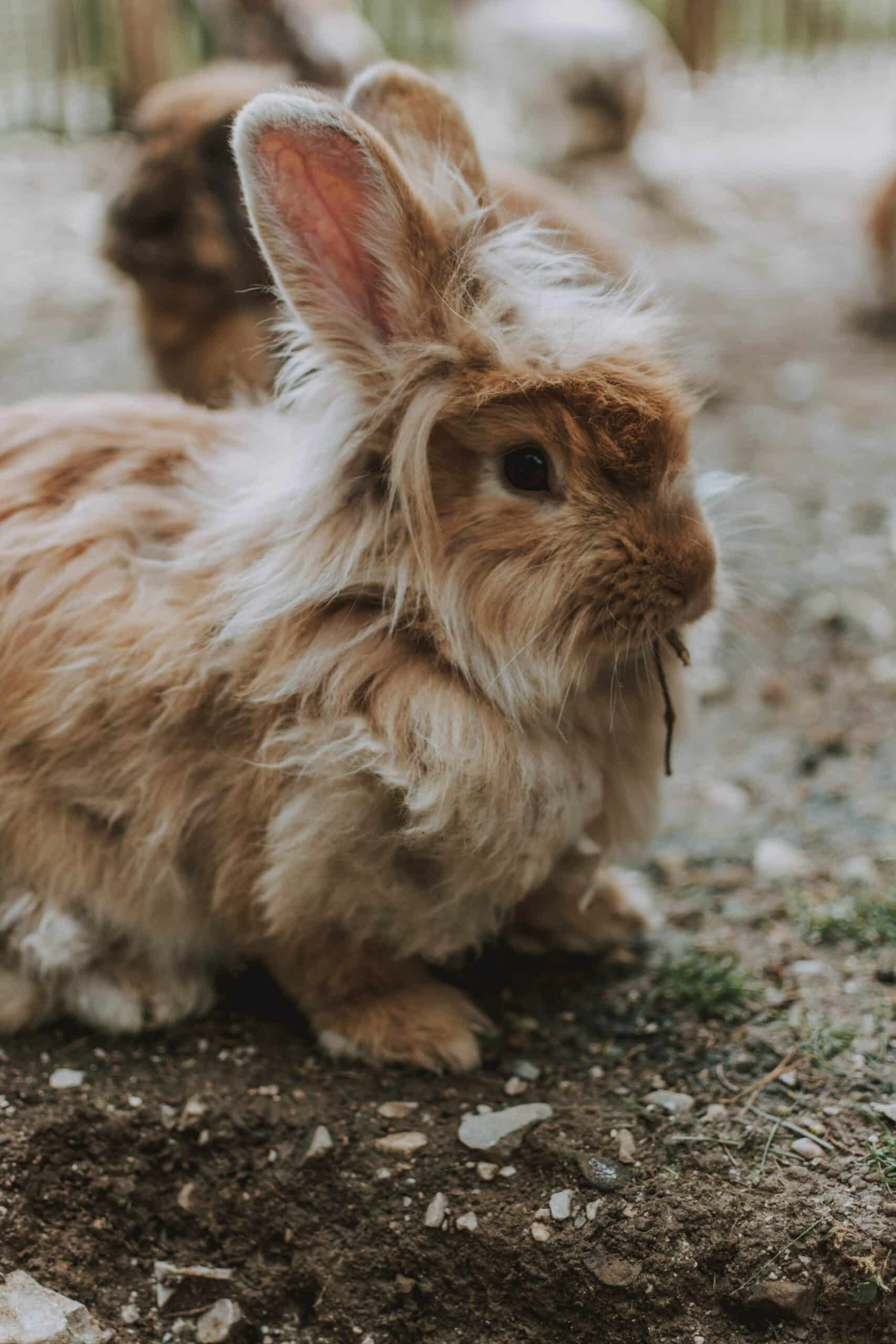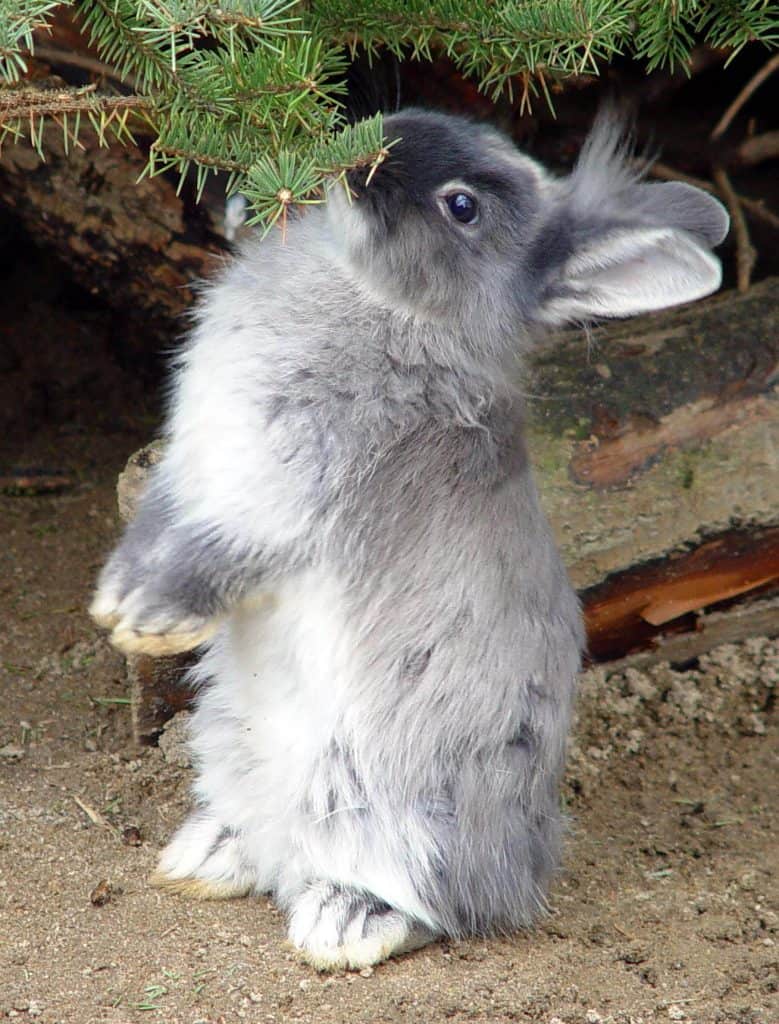
Kaniner
Allergies and pets
Over 150 million people suffer from a variety of allergies in Europe.
It is expected by the year 2025, more than 50% of European citizens will suffer from allergies.
This is the reason people would like to find a pet that is suitable for their condition and also to give them as a gift to their children without the risk of triggering the allergies they might have.
It is important for children to learn responsibility and have an entertaining company of a pet from an early age, this also helps them accustom to animals, so the rate of developing animal-related allergies will decrease.
Kaniner
Allergies and pets
Over 150 million people suffer from a variety of allergies in Europe.
It is expected by the year 2025, more than 50% of European citizens will suffer from allergies.
This is the reason people would like to find a pet that is suitable for their condition and also to give them as a gift to their children without the risk of triggering the allergies they might have.
It is important for children to learn responsibility and have an entertaining company of a pet from an early age, this also helps them accustom to animals, so the rate of developing animal-related allergies will decrease.
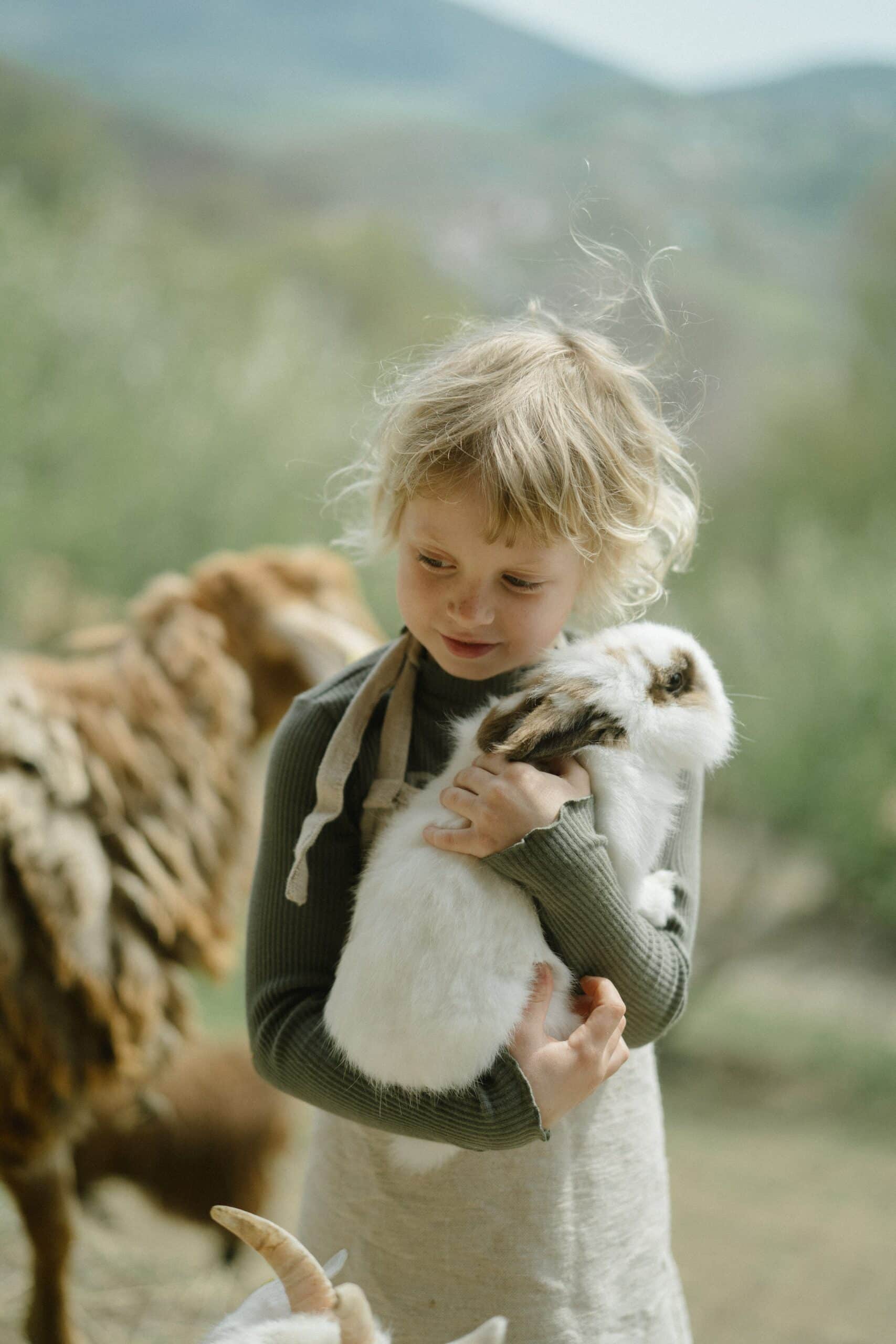
Research about animal-related allergies in children
Research about animal-related allergies in children
Bill Hesselmar from the University of Gothenburg, Sweden, is supporting the idea of familiarizing children with animals from an early age, which might decrease the risk of developing allergies later on in childhood (asthma, hay fever, or eczema).
Animals carry specific microbes that stimulate the human immune system, having an effect in the long term that children will not develop allergies.
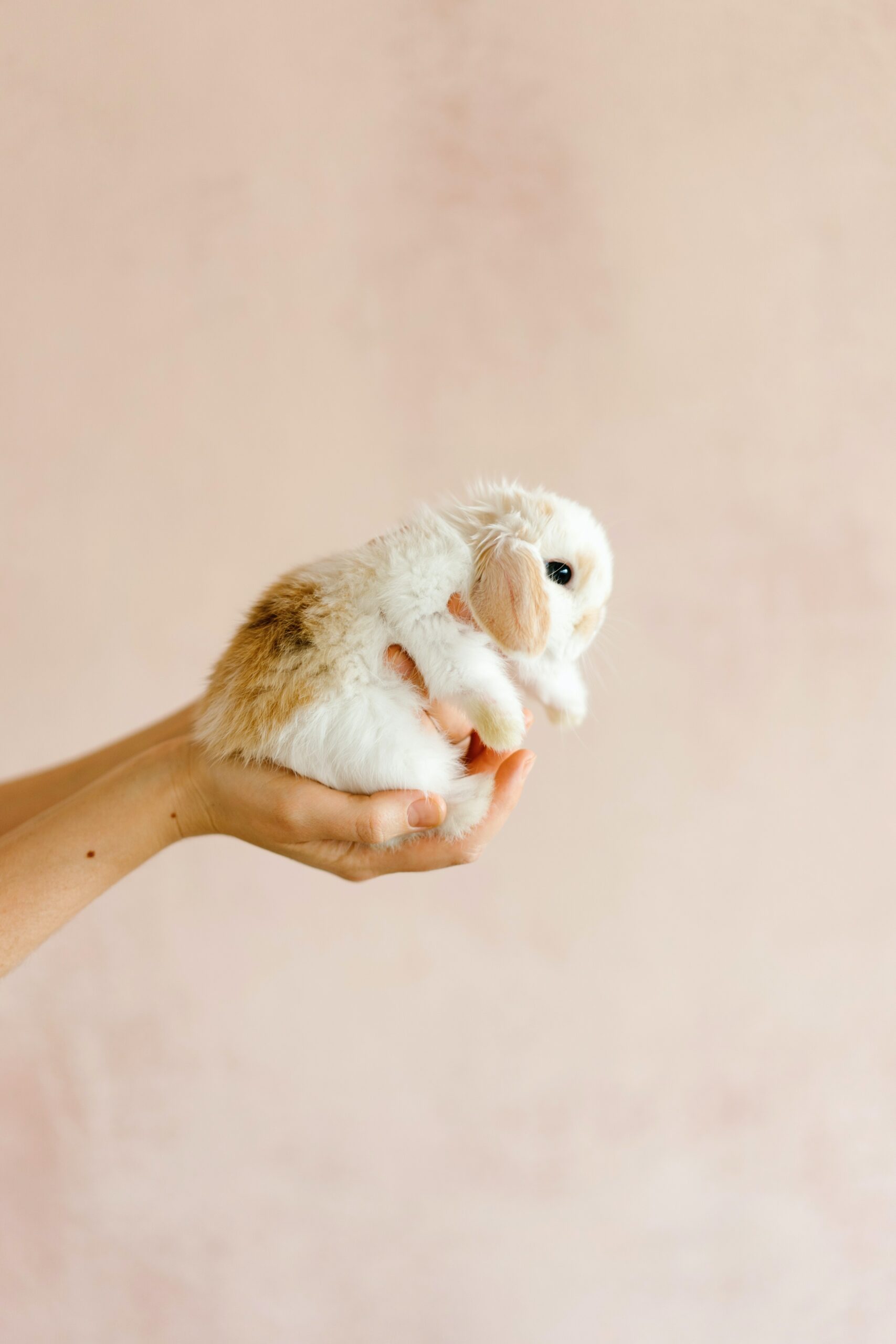
Bill Hesselmar from the University of Gothenburg, Sweden, is supporting the idea of familiarizing children with animals from an early age, which might decrease the risk of developing allergies later on in childhood (asthma, hay fever, or eczema).
Animals carry specific microbes that stimulate the human immune system, having an effect in the long term that children will not develop allergies.
Animals carry specific microbes that stimulate the human immune system
Animals carry specific microbes that stimulate the human immune system, having an effect in the long term that children will not develop allergies.
The study to see if animals are beneficial for young children to have has included 1029 children aged seven to eight years old.
Animals carry specific microbes that stimulate the human immune system
Animals carry specific microbes that stimulate the human immune system, having an effect in the long term that children will not develop allergies.
The study to see if animals are beneficial for young children to have has included 1029 children aged seven to eight years old.
The incidence of allergies was 49 % in children who had spent their first 12 months of life in a home with no pets.
This fell to
43 % of children who as babies had lived with one pet
24 % for children who had lived with three pets.
Two of the children had lived with five pets – neither of them had allergies.
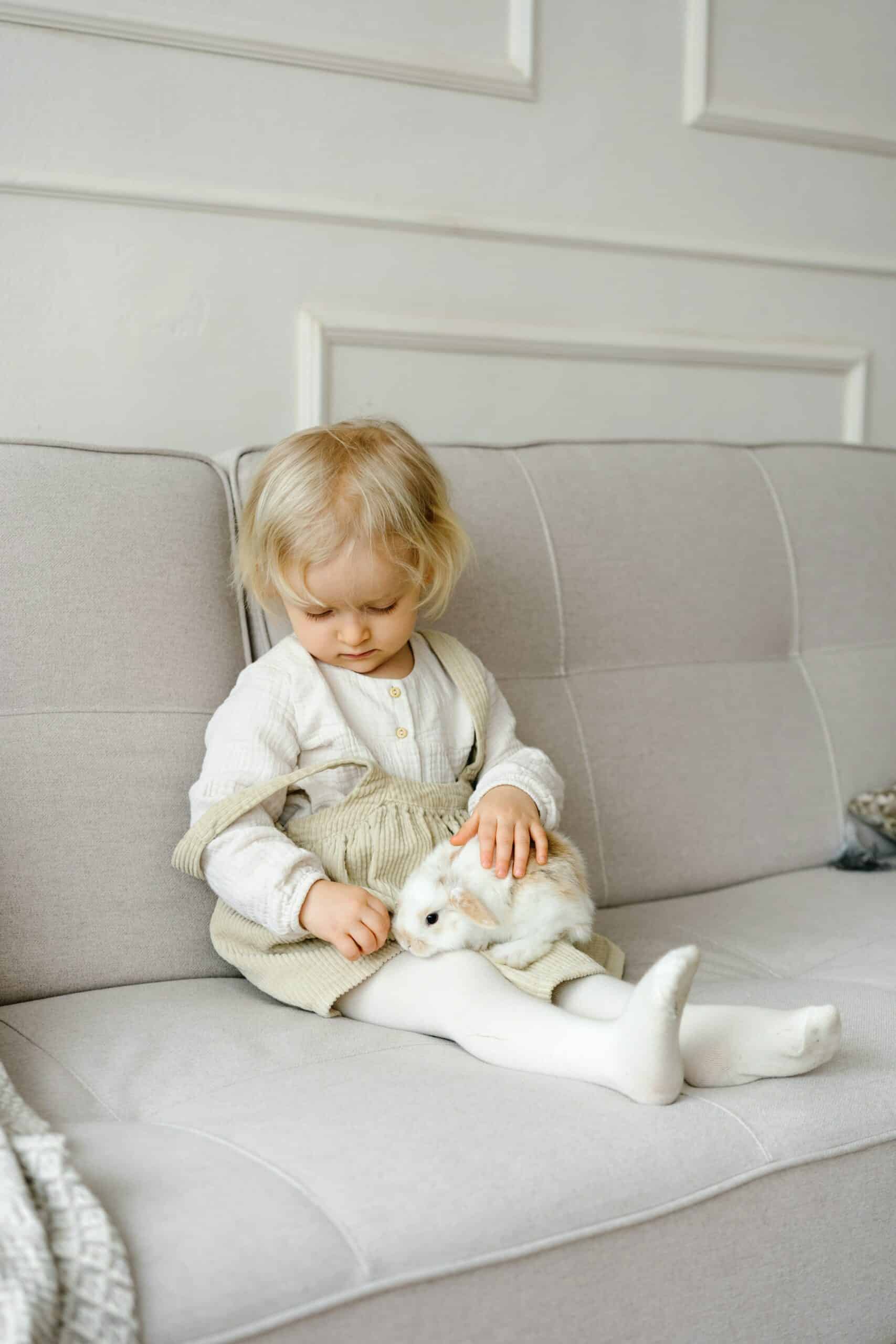
The incidence of allergies was 49 % in children who had spent their first 12 months of life in a home with no pets.
This fell to
43 % of children who as babies had lived with one pet
24 % for children who had lived with three pets.
Two of the children had lived with five pets – neither of them had allergies.
The second study tracked 249 children from birth. After eight or nine years, the rate of allergies was
48 % of children who had had no exposure to pets in their first year
35 % of children with exposure to one pet
and 21 % for children who had lived with two or more pets.
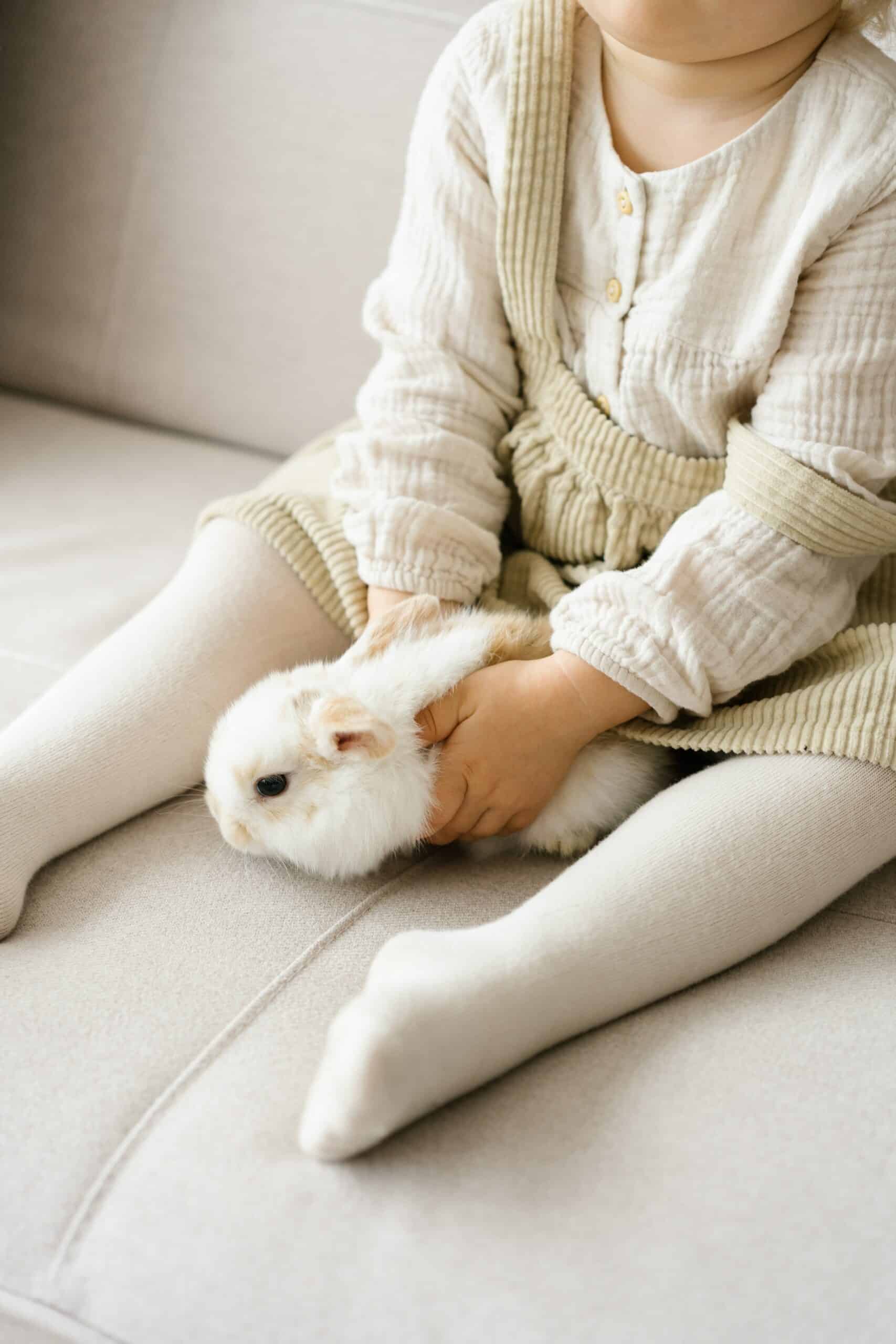
The second study tracked 249 children from birth. After eight or nine years, the rate of allergies was
48 % of children who had had no exposure to pets in their first year
35 % of children with exposure to one pet
and 21 % for children who had lived with two or more pets.
The results of the children's animal-related allergy research
This study concludes that more exposure to many pets increases the response of the human immune system.
At the same time, previous studies did not find a correlation with this fact, because the cat or the dog which had seldom contact with a child or is seldom inside the house, doesn't prove any effect on the exposure of the child to the animals.
Also, it is more likely that families with allergies didn't want to have a pet.
The results of the children's animal-related allergy research
This study concludes that more exposure to many pets increases the response of the human immune system.
At the same time, previous studies did not find a correlation with this fact, because the cat or the dog which had seldom contact with a child or is seldom inside the house, doesn't prove any effect on the exposure of the child to the animals.
Also, it is more likely that families with allergies didn't want to have a pet.
„Previous studies have found that children who grow up on a farm with livestock have a lower risk of allergies. Hesselmar thinks having multiple pets is like living on a “mini-farm”, with lots of exposure to allergens.”
Allergies have increased on a large human-scale since the mid 20th century.
Furthermore, the fact that pets carry microbes is stimulating the children's immune response, resulting in children that will not develop allergies.
At the same time, Hesselmar is supporting the idea that is recommended for children to spend time outdoors with other children and pets from an early age to have a protective effect on their general being (and to stop the development of allergies, of course).
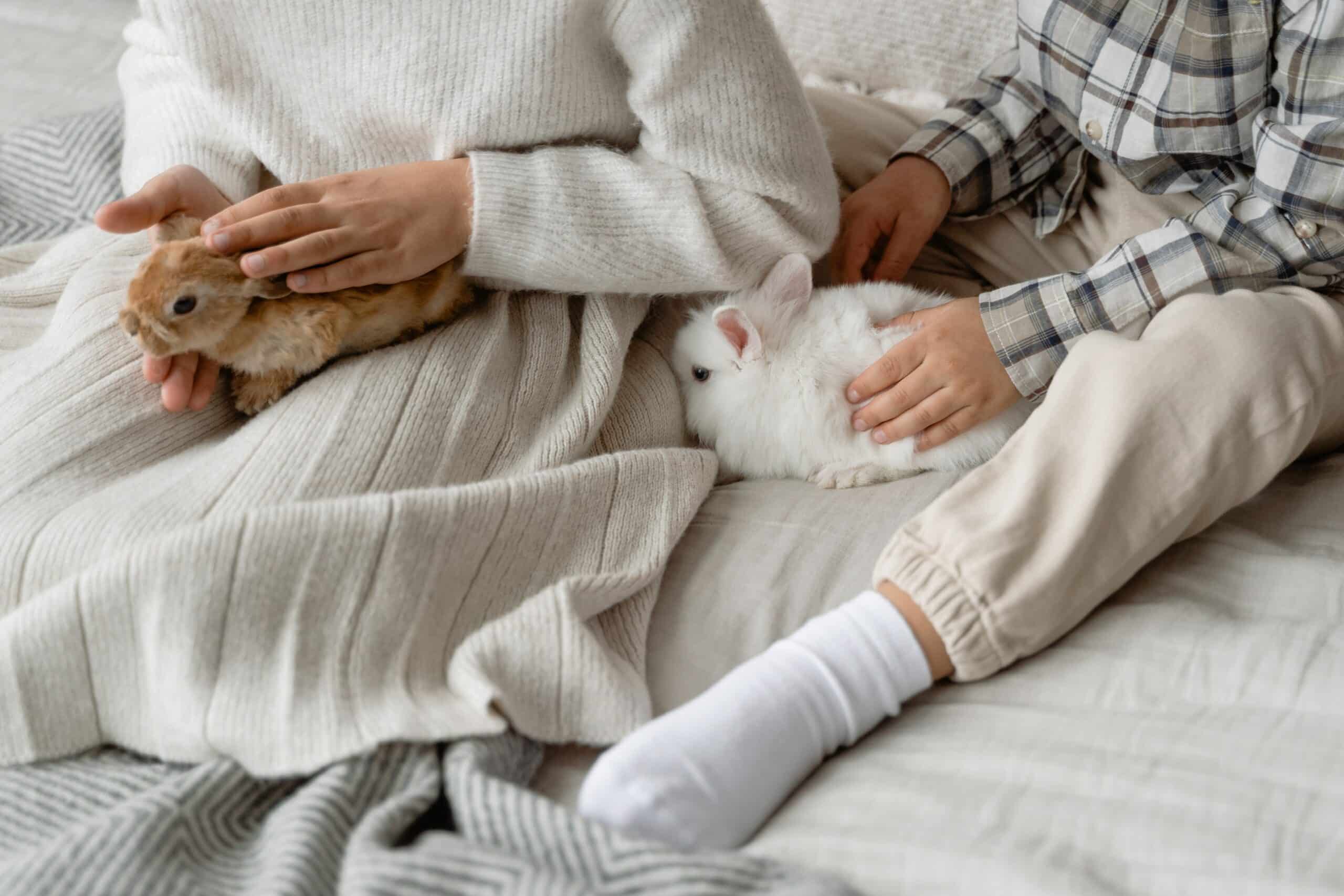
„Previous studies have found that children who grow up on a farm with livestock have a lower risk of allergies. Hesselmar thinks having multiple pets is like living on a “mini-farm”, with lots of exposure to allergens.”
Allergies have increased on a large human-scale since the mid 20th century.
Furthermore, the fact that pets carry microbes is stimulating the children's immune response, resulting in children that will not develop allergies.
At the same time, Hesselmar is supporting the idea that is recommended for children to spend time outdoors with other children and pets from an early age to have a protective effect on their general being (and to stop the development of allergies, of course).
What does hypoallergenic mean
For someone that doesn't have severe allergies, it is enough to combine a low allergen pet with good maintenance and care, which leads to a worry-less relationship.
Pet allergies are caused by the highly allergenic proteins from the pet's saliva when they lick themselves, which will get on the skin.
Furthermore, when the animal will shed, the allergens that are on its skin and fur will get in the air and cause you all the symptoms associated with allergies: runny nose, sore throat, itchy eyes, and even more.
The combination of the allergens from their saliva and from their skin is called „pet dander”.
The term „hypoallergenic” is actually referring by definition to less allergy. So, it means that hypoallergenic pets still produce these allergens, but they are less in comparison with other animals from the same species.
In conclusion of this, people with severe allergies or asthma might still be affected by hypoallergenic pets.
There are animal breeds that are less allergenic and better suitable for those with allergies, even though no animal is completely hypoallergenic.
Even if the amount of shedding is reduced for these breeds, there is no assurance that everyone will experience fewer allergy symptoms as a result. Even if there is less hair, you will still have contact with their saliva and dander.
What does hypoallergenic mean
For someone that doesn't have severe allergies, it is enough to combine a low allergen pet with good maintenance and care, which leads to a worry-less relationship.
Pet allergies are caused by the highly allergenic proteins from the pet's saliva when they lick themselves, which will get on the skin.
Furthermore, when the animal will shed, the allergens that are on its skin and fur will get in the air and cause you all the symptoms associated with allergies: runny nose, sore throat, itchy eyes, and even more.
The combination of the allergens from their saliva and from their skin is called „pet dander”.
The term „hypoallergenic” is actually referring by definition to less allergy. So, it means that hypoallergenic pets still produce these allergens, but they are less in comparison with other animals from the same species.
In conclusion of this, people with severe allergies or asthma might still be affected by hypoallergenic pets.
There are animal breeds that are less allergenic and better suitable for those with allergies, even though no animal is completely hypoallergenic. Even if the amount of shedding is reduced for these breeds, there is no assurance that everyone will experience fewer allergy symptoms as a result. Even if there is less hair, you will still have contact with their saliva and dander.
Least-shedding rabbit breeds
There is no entirely hypoallergenic breed.The symptoms can only be reduced and not eradicated.
The qualities of a hypoallergenic rabbit breed are that
-they have shorter fur, which requires less grooming
-plush fur, which tends to shed less
-smaller rabbits that produce less dander because of their size.
Unfortunately, there are not so many rabbit breeds that one can choose from that are less allergic than others.
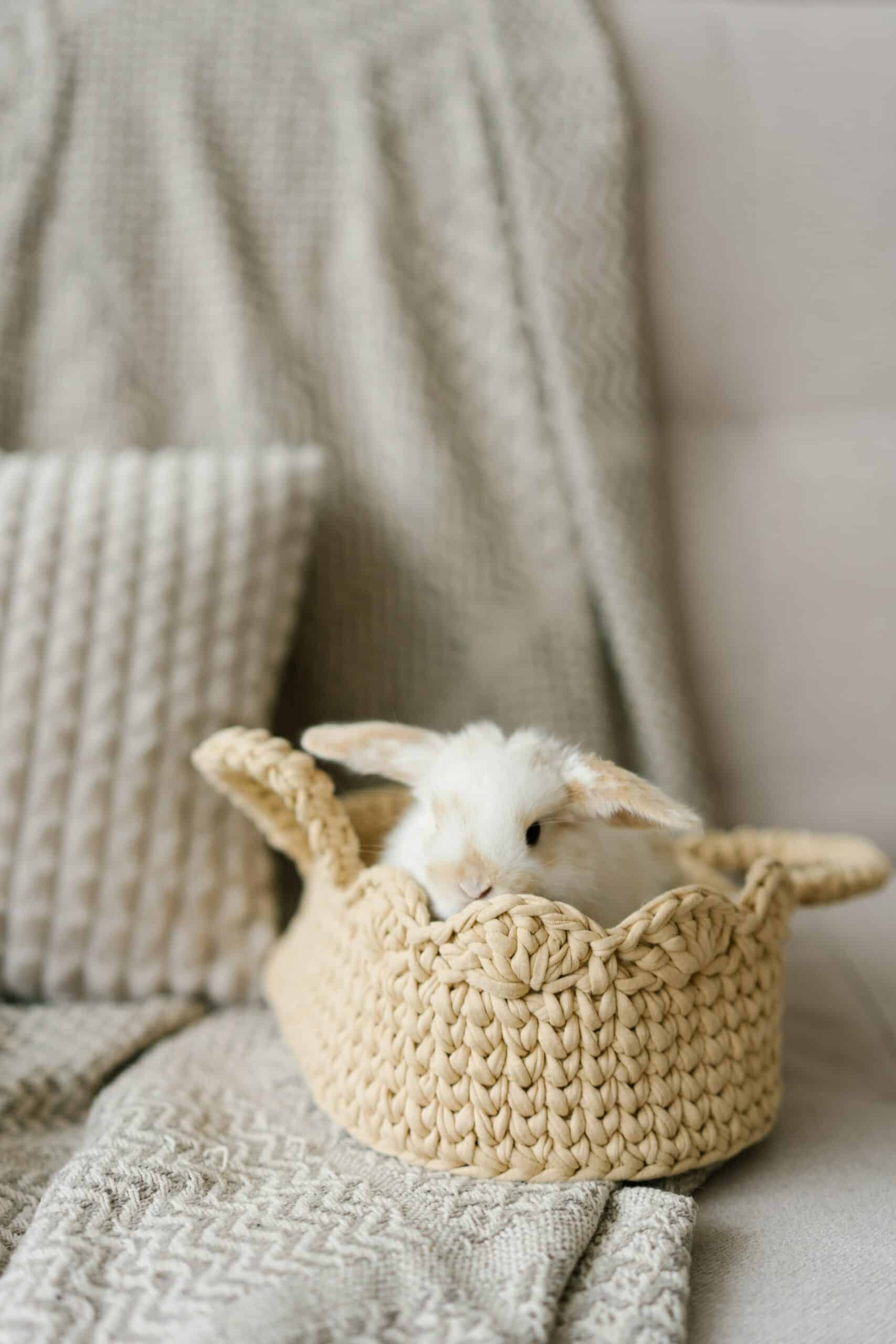
Least-shedding rabbit breeds
There is no entirely hypoallergenic breed. The symptoms can only be reduced and not eradicated.
The qualities of a hypoallergenic rabbit breed are that
-they have shorter fur, which requires less grooming
-plush fur, which tends to shed less
-smaller rabbits that produce less dander because of their size.
Unfortunately, there are not so many rabbit breeds that one can choose from that are less allergic than others.
Rex breeds
Normal Rex and Mini Rex breeds have silky, thick fur that sheds less in comparison with other rabbit breeds (with long fur for example).
This breed has a variety of colors that you can choose from and they are known for having a good temperament which makes them the perfect first rabbit choice for a novice rabbit owner.
If one is suffering from mild allergies that can be regulated by proper cleaning of the home and grooming the pet, the Rex breed is a match.
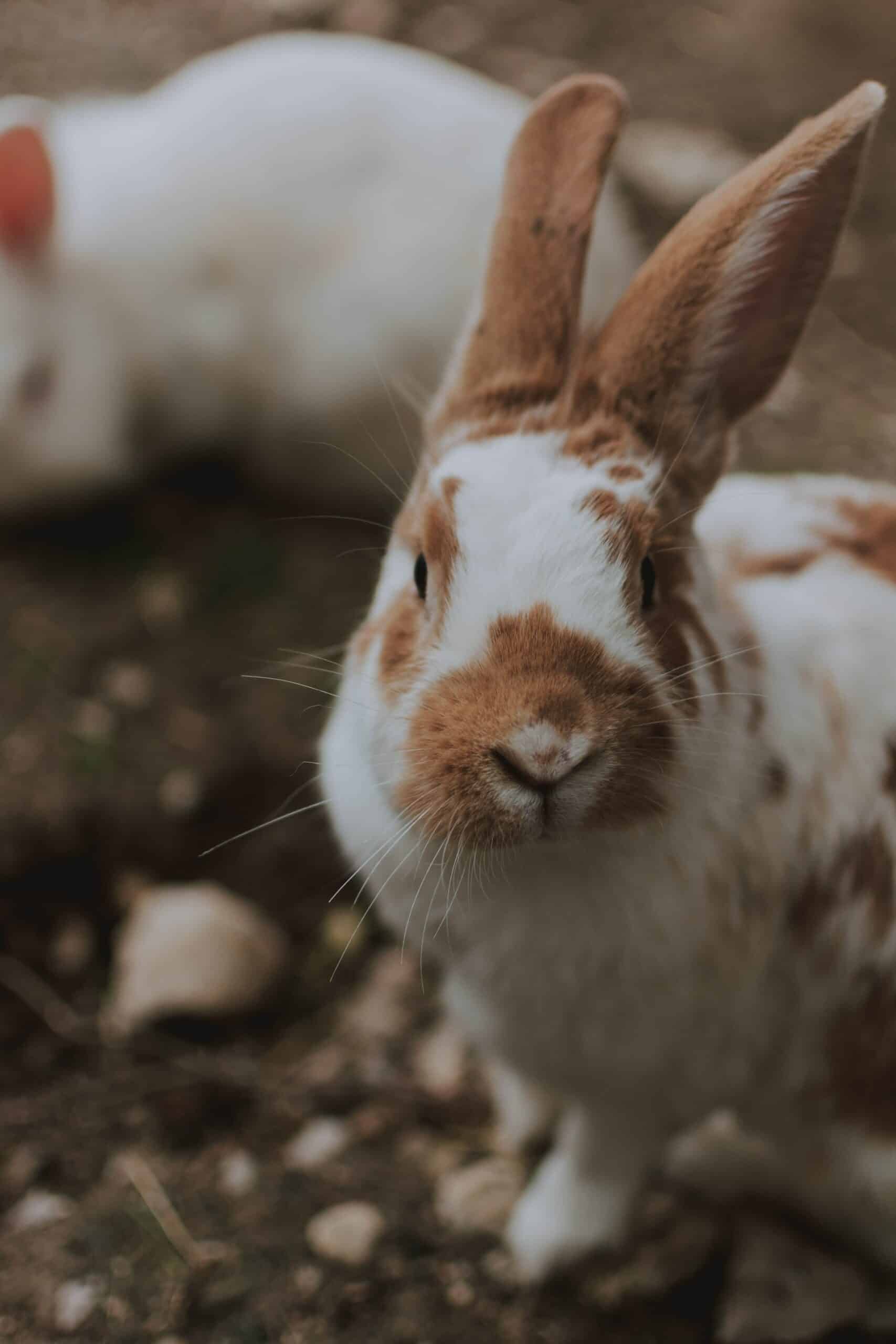
Rex breeds
Normal Rex and Mini Rex breeds have silky, thick fur that sheds less in comparison with other rabbit breeds (with long fur for example).
This breed has a variety of colors that you can choose from and they are known for having a good temperament which makes them the perfect first rabbit choice for a novice rabbit owner.
If one is suffering from mild allergies that can be regulated by proper cleaning of the home and grooming the pet, the Rex breed is a match.
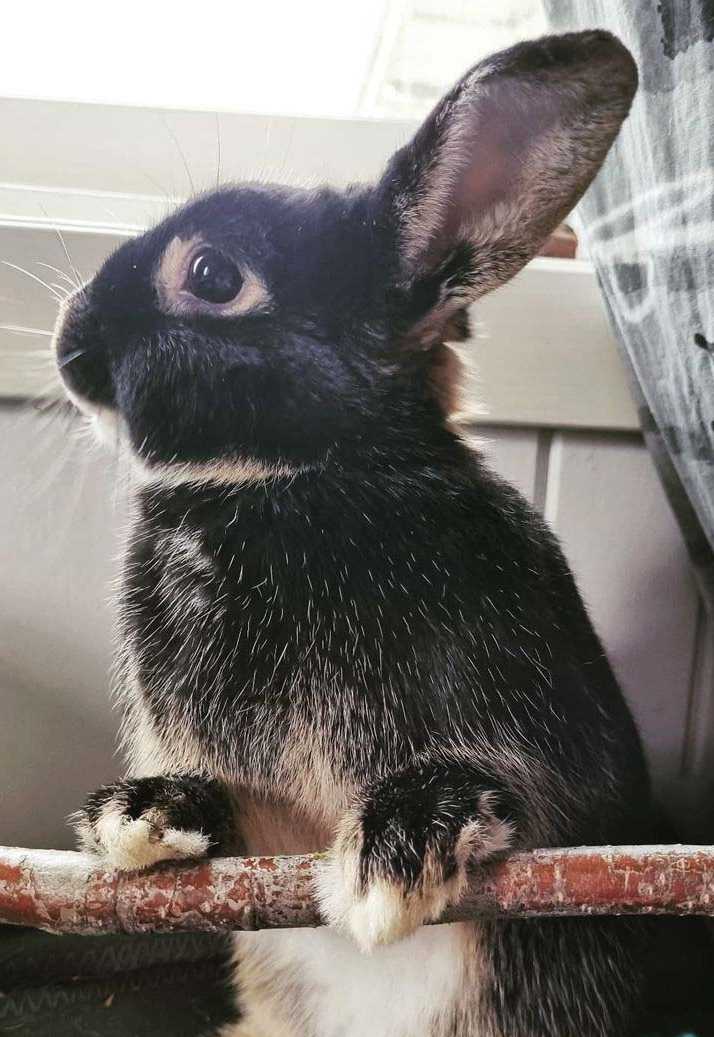
Silver Marten
This is another rabbit breed that tends to shed less, with a black and silver coat with thick, plush fur.
Silver Marten rabbits are a little bit over the size of a medium-sized rabbit, weighing around 5,4 kg. They were created as an extent to the Chinchilla rabbit breed.
Originally raised to compete in pet and agricultural shows, they make loveable and charming pets.
They shed very little and don't require a lot of grooming, which makes them the perfect match for people with mild allergies.
Silver Marten
This is another rabbit breed that tends to shed less, with a black and silver coat with thick, plush fur.
Silver Marten rabbits are a little bit over the size of a medium-sized rabbit, weighing around 5,4 kg. They were created as an extent to the Chinchilla rabbit breed.
Originally raised to compete in pet and agricultural shows, they make loveable and charming pets.
They shed very little and don't require a lot of grooming, which makes them the perfect match for people with mild allergies.
Tan rabbit breed
This breed was discovered around 1880 in England when a colony of wild rabbits bred with domestic rabbits.
They have a lively, energetic temperament so they don't make good pets for senior people or children, because they are likely to run off and are difficult to catch.
Tan rabbits need to be socialized to become accustomed to people and are active, so they need a family that will allow some time every day to play with them or let them run around.
They are weighing around 3 kg and have short, thick fur, which requires less grooming in comparison with other breeds.
Tan rabbits make great pets for families with mild allergies that would like to have an active rabbit and that are experienced with rabbits.

Tan rabbit breed
This breed was discovered around 1880 in England when a colony of wild rabbits bred with domestic rabbits.
They have a lively, energetic temperament so they don't make good pets for senior people or children, because they are likely to run off and are difficult to catch.
Tan rabbits need to be socialized to become accustomed to people and are active, so they need a family that will allow some time every day to play with them or let them run around.
They are weighing around 3 kg and have short, thick fur, which requires less grooming in comparison with other breeds.
Tan rabbits make great pets for families with mild allergies that would like to have an active rabbit and that are experienced with rabbits.
Rabbit breeds you must avoid if you have severe allergies
On the other hand, there are a few rabbit breeds that people with strong allergies must avoid: and these are rabbits with long coats, rabbits that require a lot of grooming which means they shed very frequently.
If you suffer from severe allergies you must avoid having Angora rabbits, Lionhead rabbits, Jersey wooly rabbits, and Flemish Giant rabbits.
Many of these rabbit breeds have a really pleasant personality and are fun pets to have, but their frequent grooming requirements, frequent shedding, and long fur make them almost impossible to have for a person with intense allergies.
Rabbit breeds you must avoid if you have severe allergies
On the other hand, there are a few rabbit breeds that people with strong allergies must avoid: and these are rabbits with long coats, rabbits that require a lot of grooming which means they shed very frequently
If you suffer from severe allergies you must avoid having Angora rabbits, Lionhead rabbits, Jersey wooly rabbits, and Flemish Giant rabbits.
Many of these rabbit breeds have a really pleasant personality and are fun pets to have, but their frequent grooming requirements, frequent shedding, and long fur make them almost impossible to have for a person with intense allergies.
Angora rabbit breed
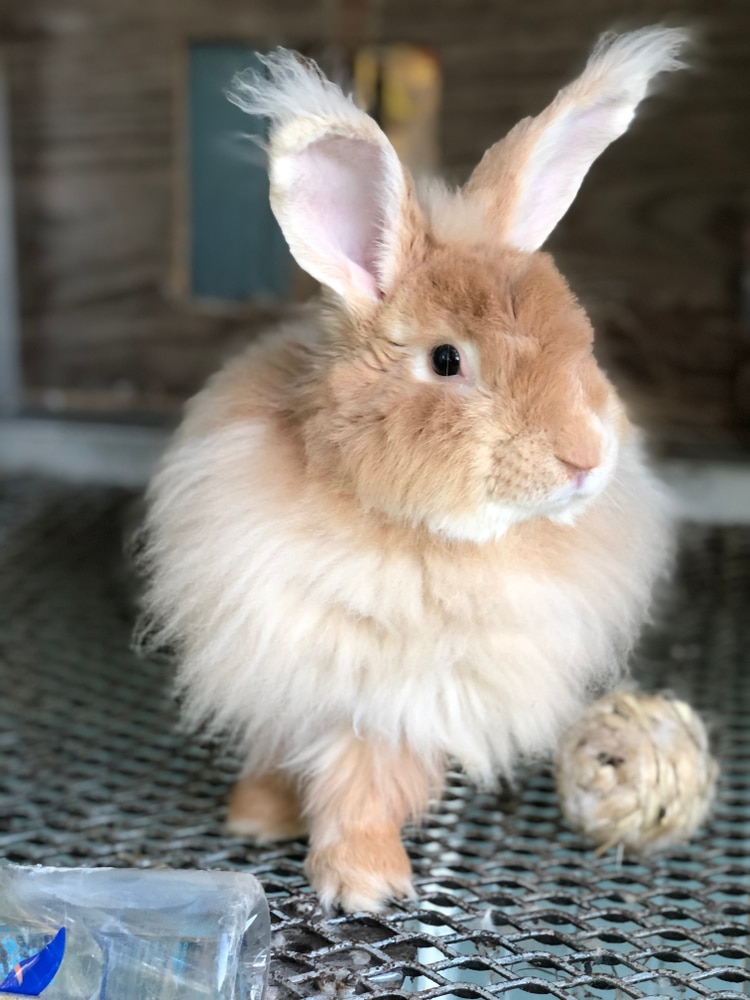
Angora rabbit breed
Flemish Giant rabbit breed
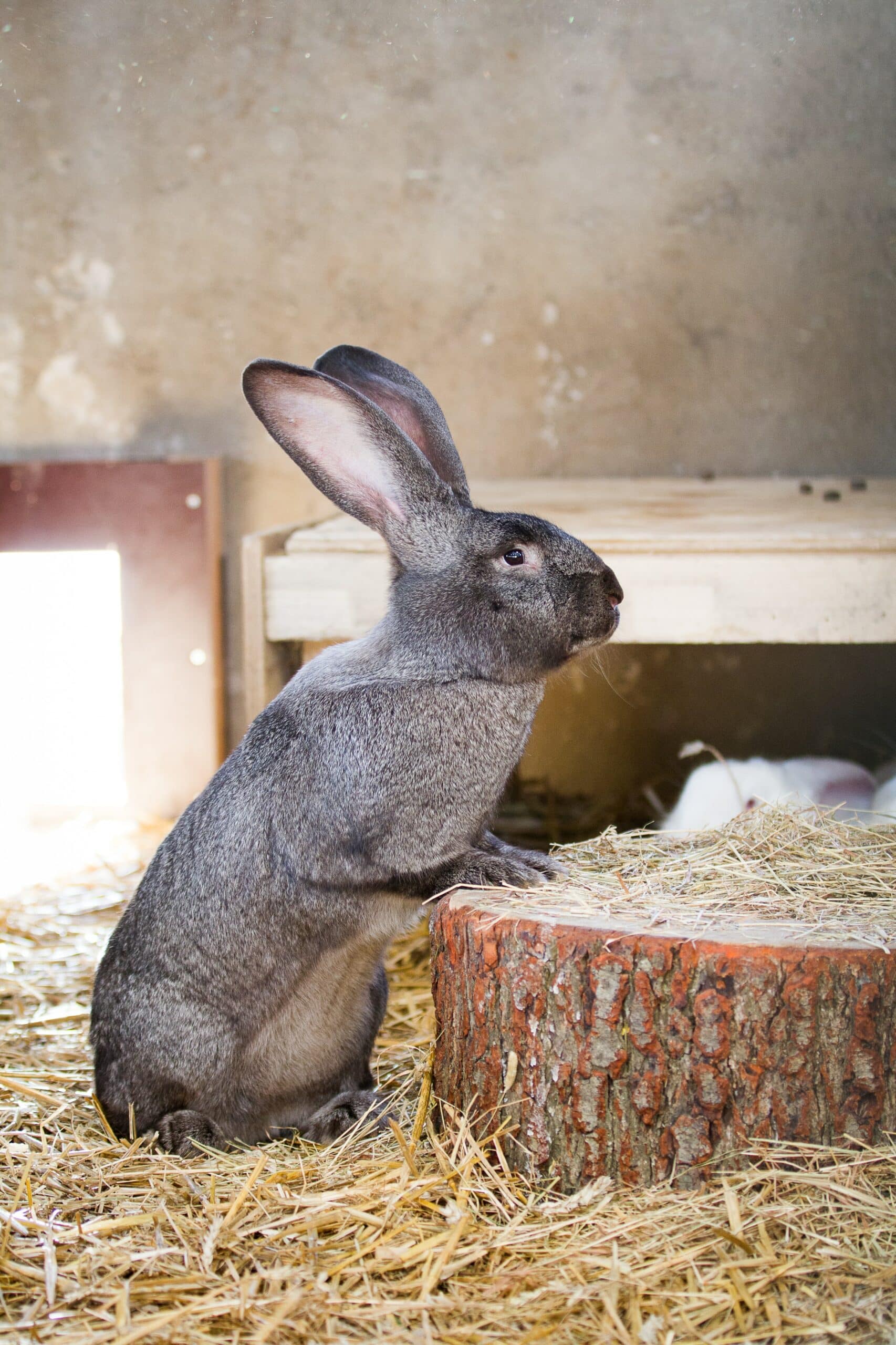
Flemish Giant rabbit breed
Having a lovely rabbit is worth it
Having frequent schedules for cleaning the house, opening the windows more frequently, or considering an air purifier creates a perfect environment for people with allergies to have a rabbit.
Furthermore, the three less allergenic rabbit breed choices are really good when someone wishes to have a rabbit as a pet.
Also, who wouldn't pay a little bit more attention to cleaning the house from fur and grooming the pet sometimes just to have an animal that brings you love every day.
Having a lovely rabbit is worth it
Having frequent schedules for cleaning the house, opening the windows more frequently, or considering an air purifier creates a perfect environment for people with allergies to have a rabbit.
Furthermore, the three less allergenic rabbit breed choices are really good when someone wishes to have a rabbit as a pet.
Also, who wouldn't pay a little bit more attention to cleaning the house from fur and grooming the pet sometimes just to have an animal that brings you love every day.
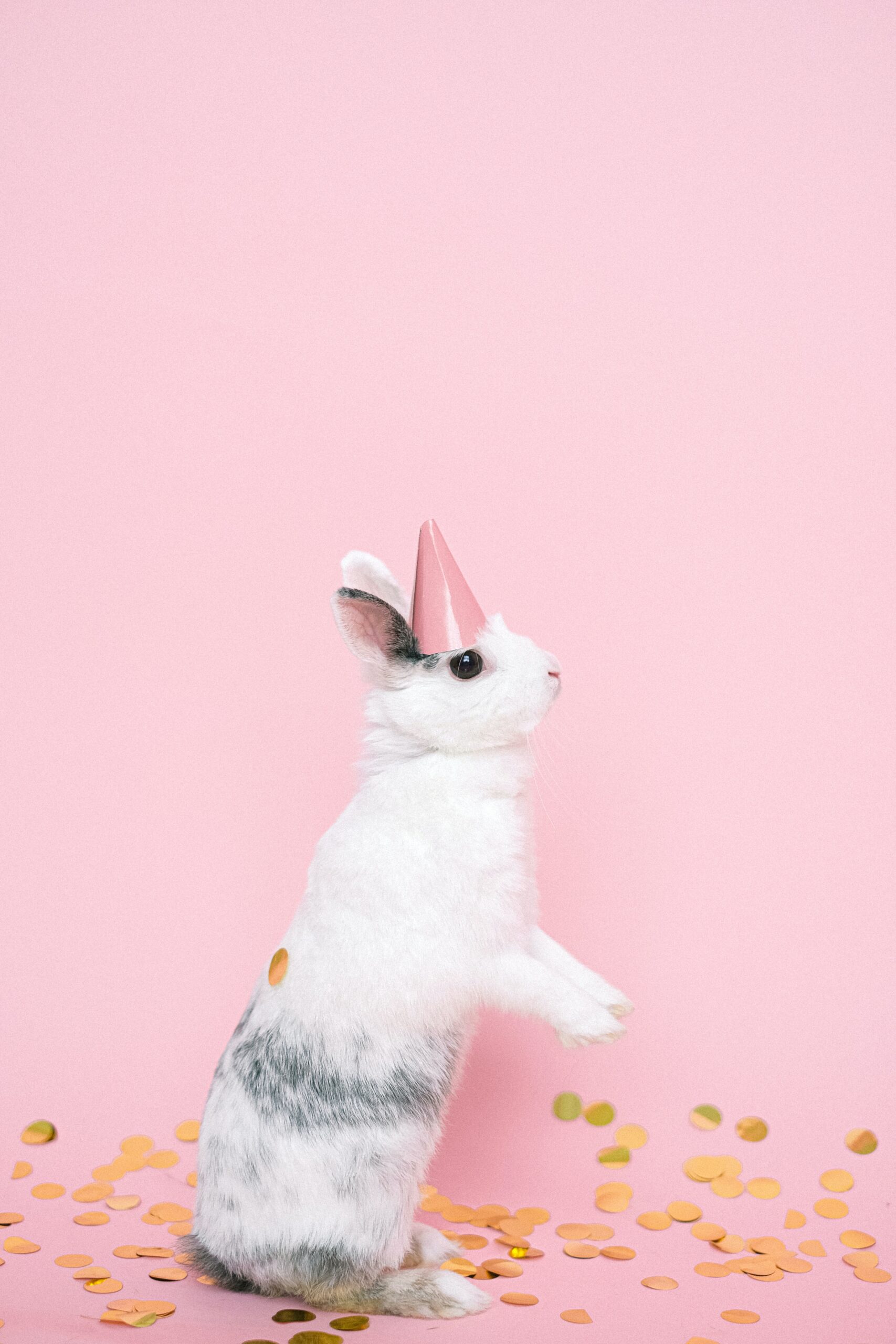
Until one has loved an animal, a part of one’s soul remains unawakened.
Anatole France
Until one has loved an animal, a part of one’s soul remains unawakened.
Anatole France


